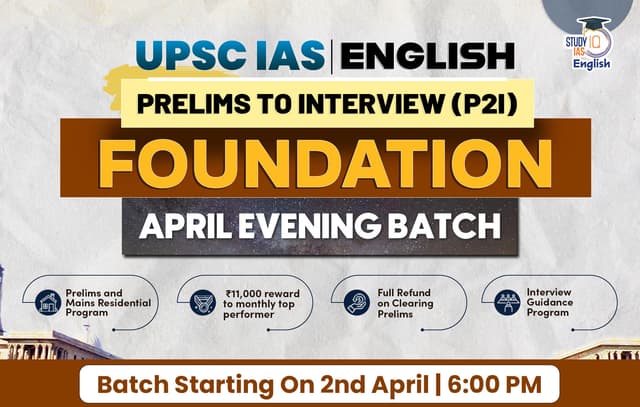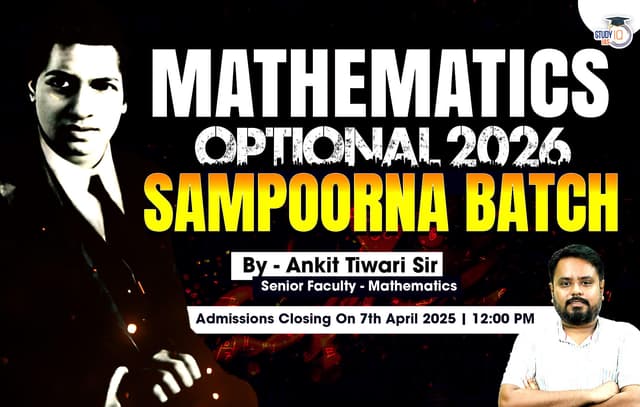art and culture
-
Post Mauryan Architecture, Gandhara and Mathura Schools
Post-Mauryan architecture in ancient India refers to the architectural developments that took place after the decline of the Mauryan Empire, which lasted from approximately 322 BCE to 185 BCE. The Mauryan Empire, under the rule of Chandragupta Maurya and later...
Last updated on November 25th, 2023 06:10 pm -
Influence of Buddhism and Jainism on Indian Architecture
Buddhism and Jainism, two ancient religious traditions that originated in India, have had a profound influence on Indian architecture. Both religions emerged in the 6th century BCE as reactions against the ritualistic practices of Brahmanism (early Hinduism) and emphasized non-violence,...
Last updated on November 25th, 2023 03:22 pm -
Architectural Style of Harappan Civilisation, Town Planning and Sculptures
The Harappan Civilization, South Asia's pioneering urban society in the Bronze Age, showcased advanced architectural prowess. Notable features include grid-patterned streets, standardized kiln-fired bricks, two-tiered city structures with citadels and lower towns, and iconic structures like the Great Bath. Harappan...
Last updated on November 25th, 2023 02:15 pm -
Evolution of Architecture in India, History and Development
The evolution of Indian architecture spans over 4500 years, commencing with the Indus Valley Civilization around 2600 BC. Notable features include astute drainage systems, mud-bricked structures, and stone figurines. The Maurya Empire introduced impressive rock-cut architecture, notably Buddhist monasteries with...
Last updated on November 24th, 2023 12:53 pm -
Modern Indian Theater and Drama, Traditional Forms and Famous Personalities
Modern Indian theater, shaped by the convergence of Sanskrit, folk, and Western traditions, finds its foundational roots in the latter. Emerging in the 19th century, it grappled with pressing issues of nationalism, self-identity, and modernity. The Western influence, particularly through...
Last updated on November 23rd, 2023 05:33 pm -
Jain Literature, Origin, Types, Swetambar and Digambara Texts
Jain literature, rooted in the ancient Indian philosophy of Jainism, encompasses sacred texts and philosophical treatises. Prominent among these are the "Agamas," comprising canonical scriptures detailing the teachings of Lord Mahavira, the 24th Tirthankara. These scriptures provide guidance on ethics,...
Last updated on November 23rd, 2023 03:27 pm -
Sangam Literature, History, Major Works and Significance
Sangam Literature Sangam Literature, also known as "the poetry of the noble ones," refers to the ancient Tamil language and is the earliest known literature from South India. The oldest available Tamil literature is Sangam literature. The Sangam Period is...
Last updated on November 23rd, 2023 02:45 pm -
Buddhist Literature, Types and Sanskrit Texts
Buddhist literature is a vast body of religious and philosophical texts that form the foundation of Buddhism, one of the major world religions. These texts are essential for understanding the beliefs, practices, and teachings of Buddhism. The literature is written...
Last updated on November 23rd, 2023 12:50 pm -
Vedic Literature, Types, Shruti, Smriti and Importance
Vedic Literature refers to the ancient sacred texts that form the foundation of Hinduism. These texts are among the oldest religious scriptures in the world and are considered the authoritative source of knowledge in various fields, including philosophy, theology, science,...
Last updated on November 22nd, 2023 05:51 pm -
Famous Modern Dramas and Dramatists in India
Modern Drama The genesis of modern drama unfolded during the late nineteenth and early twentieth centuries, marking a departure from earlier dramatic forms. Unlike its predecessors, modern drama exhibited a distinctive focus on the lives of ordinary individuals, providing a...
Last updated on November 22nd, 2023 03:09 pm






















